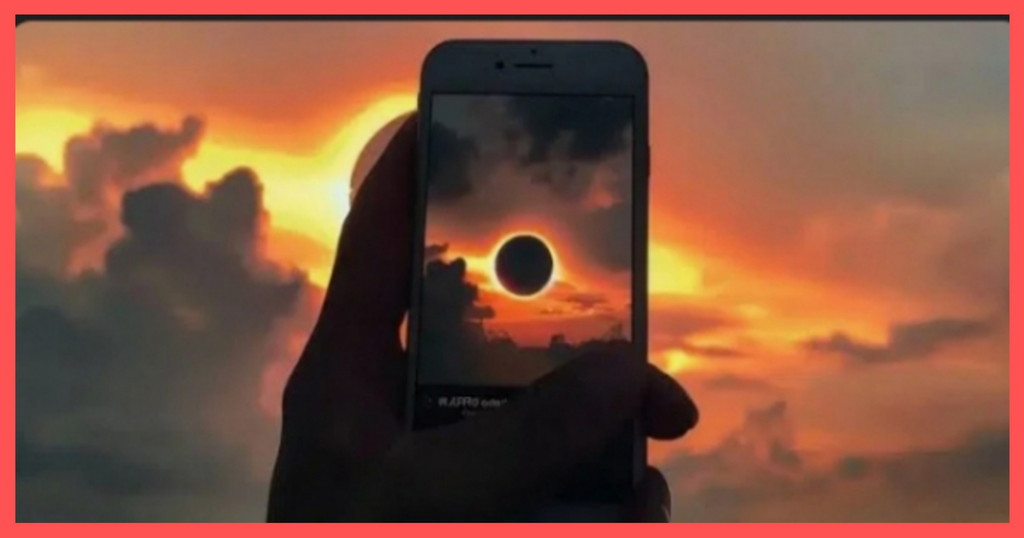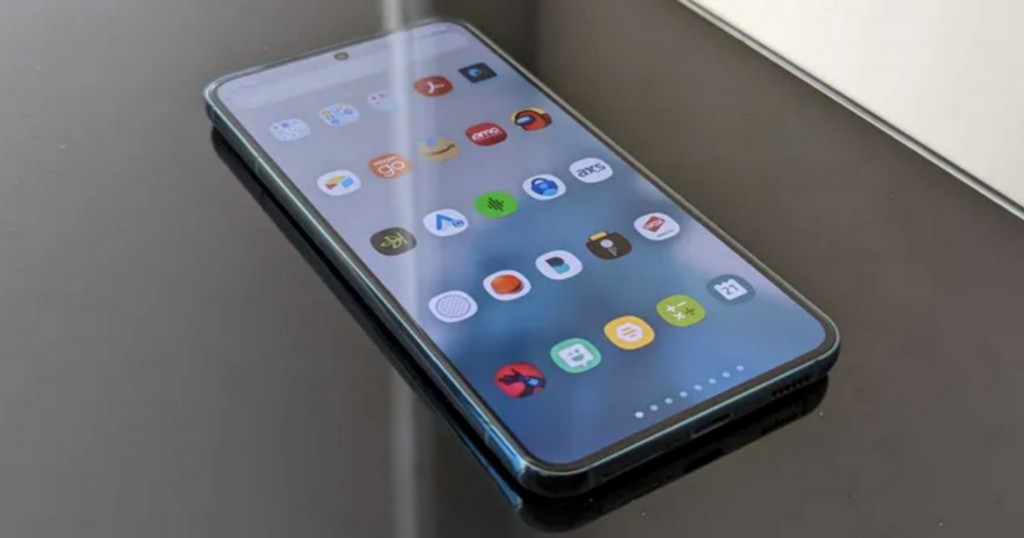NASA makes sense of what will befall your telephone on the off chance that you attempt to photo the sunlight based obscure


NASA has prompted on what will occur on the off chance that you attempt to catch the sun based obscure on your telephone – and how you can do it without harming your telephone.


There are a few safeguards to take with your cell phone when the sun oriented occasion happens sometime in the afternoon (Monday, 8 April).


While the vast majority realize they shouldn’t gaze straight toward the shroud with their unaided eye, turns out there are comparable guidelines for cellphone cameras.
NASA posted guidance about the absolute sun oriented obscure on its X record.
“We asked our @NASAHQPhoto group, and the response is indeed, the telephone sensor could be harmed very much like some other picture sensor in the event that it’s pointed straightforwardly at the sun,” it said.
“This is particularly obvious assuming you’re utilizing any kind of amplifying focal point connection on the telephone.
“You would have to use the legitimate channels very much like on some other camera.”
Notwithstanding, assuming that you’re truly quick to catch the divine second on film on your cell phone, it isn’t absolutely not feasible.
We asked our @NASAHQPhoto group, and the response is indeed, the telephone sensor could be harmed very much like some other picture sensor assuming that it’s pointed straightforwardly at the Sun. This is particularly evident in the event that you’re utilizing any kind of amplifying focal point connection on the telephone. You would have to use…
— NASA (@NASA) April 4, 2024
X/NASA
“The best practice is hold a couple of obscuration glasses before your telephone’s focal points while capturing the sun anytime other than entirety,” they added.
NASA likewise posted a video with guidance on their site.
As well as utilizing shroud glasses to channel the picture, NASA prompts catching the picture without contacting your camera.
To do this, settling your camera and utilizing a postponed shade discharge time is suggested.
Checking out you, instead of up is something you may very well never have considered.
“As the Moon sneaks through front of the sun, the scene will be washed in shocking lighting and shadows,” NASA makes sense of.
“As light channels through the covering leaves of trees, it makes normal pinholes that project smaller than usual shroud copies on the ground.
“Anyplace you can point your camera can yield remarkable symbolism, so make certain to create some wide-point photographs that can catch your shroud insight.”
Furthermore, on the off chance that you’re keen on another POV, a space traveler has uncovered what a sun oriented obscure resembles from space.
Delta is likewise offering a way of-entirety trip to watch the sunlight based obscure at 30,000 ft.
Back on The planet, NASA likewise prompted rehearsing with your camera’s manual controls early so you’re prepared when the opportunity arrives.
NASA’s wellbeing tips advise us that ‘it isn’t protected to gaze straight toward the sun without particular eye insurance for sun based survey’.
View the sun through overshadow glasses or a handheld sun powered watcher during the halfway shroud both when entirety.
At the point when you can never again see any piece of the sun through overshadow glasses or a sun based watcher – and the Moon is totally clouding it – you can see the obscuration straightforwardly without legitimate eye security.
You could in any case need to keep the glasses on however, as a sanity check.
On the off chance that not, when a smidgen of the splendid sun returns put your shroud glasses back on right away or utilize a handheld sun based watcher to check the sun out.
Cheerful survey.




